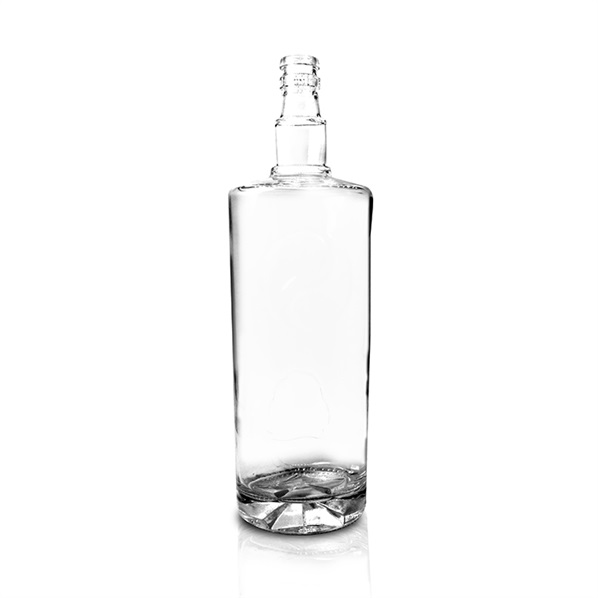Let’s cut to the chase: America’s sake boom means more fake, mislabeled, or low-quality sake bottles hitting shelves. Whether you’re buying a $20 bottle at Whole Foods or a $300 vintage Daiginjo online, getting duped sucks. Here’s how to separate the legit from the sketchy—no Japanese fluency required.
1. The Label Tells All: Decoding the "Birth Certificate"
Authentic sake bottles scream transparency. Here’s what to hunt for:
- The Brewery’s Legal Name & Address:Real deal: "Yamada Brewery Co., Ltd. (Nada, Hyogo Prefecture)".Red flag: Vague labels like "Imported from Japan" without specifics.
- The "Seal of Truth": JSS (日本酒サービス研究会) Seal: Gold/black sticker certifying brewing standards.Tax Stamp: Silver seal over the cap (required for all Japanese alcohol exports).Missing these? It’s like buying a Rolex without serial numbers.
- Rice & Polish Stats:Legit bottles MUST show:Rice polishing rate (e.g., "精米歩合 40%" = 40% remaining)Sake meter value ("日本酒度 - +5")Additives (Look for "純米" = junmai = no added alcohol).No stats? Suspect.
2. Bottle Anatomy: Glass Doesn’t Lie
Forget the liquid—the container reveals secrets:
- Glass Quality:Premium sake bottles use heavy, UV-protected dark glass (brown/green). Clear glass? Only acceptable for namazake (unpasteurized)—and it MUST be refrigerated.
- Cap Crimes:Screw caps: Totally legit on modern bottles (even $100+ ones).Cork stoppers: RARE in authentic sake. If present, check for wax sealing.Foil wraps: Should be taut, with brewery logo embossed—not crinkly or generic.
- Bottom Stamp:Turn that bottle upside down! Legitimate sake bottles have:Laser-etched production codes (e.g., "A23-05")Mold numbers (like "7" or "12") matching brewery records.Smooth, unmarked bottoms? Big red flag.

3. Liquid Forensics: Science Your Sake
When in doubt, play detective:
- The Clarity Test:Pour into a wine glass. Authentic sake is crystal clear (unless it’s nigori). Cloudiness in non-nigori = fermentation issues or contamination.
- The "Sake Meter" Trick:Buy a $15 kenrankei (sake hydrometer). Real junmai sake sinks (negative SMV), while added-alcohol types float (positive SMV). Off by >3 points? Likely doctored.
- Shake Gate:Gently shake an unopened bottle. Bubbles should vanish in 3 seconds. Persistent foam? Possible carbonation injection (a cheap imitation tactic).
4. How Fakes Get Made: Counterfeit Red Flags
Scammers prey on popular brands. Watch for:
- The "Limited Edition" Scam:Fake sake bottles often use fake scarcity. Verify limited releases on:Brewery InstagramSake competitions (IWC, Kura Master)
- Label Glitches:Pixelated logosSpelling errors (e.g., "Junamai" instead of "Junmai")Incorrect kanji stroke thickness
- Price Too Good?:Authentic Dassai 23 averages $50-$70. Seeing it for $25? Either stolen or fake.
5. Where You Buy Matters: Trusted vs. Sketchy Sources
| Source | Trust Level | Verification Tips |
|---|
| Specialty Liquor Stores | High | Ask for import paperwork (JP-17 tax form) |
| Amazon/Walmart | Medium | Check seller name ≠ "Generic Imports LLC" |
| eBay/Facebook | Low | Reverse-image search the product photos |
| Japan Auctions | Variable | Demand tanshin certificates (brewery authenticity docs) |
6. The Paper Trail: Documents That Don’t Lie
Legit imports come with:
- Customs Form JP-17 (Shows alcohol content/tax stamp ID)
- Brewery Invoice (With lot numbers matching bottle stamps)
- FDA Alcohol Importer ID (Verify at fda.gov/food)
7. Case Study: Spotting a Fake Kubota Senju
Let’s dissect a popular target:
| Feature | Authentic | Fake |
|---|
| Bottle Color | Deep emerald green | Bright lime green |
| Label Texture | Embossed gold lettering | Flat printed "gold" |
| Cap | Black screw cap + wax seal | Silver screw cap only |
| SMV | +3 (on label) | Missing or "+0" |
8. Pro Verification Tools & Services
- Sake Scan App (iOS/Android): Scan labels to cross-check brewery databases
- JSS Certification Lookup: Verify seals at jss-sake.or.jp/en
- Third-Party Authenticators:Sake Samurai Society ($20/report)True Sake (San Francisco)

The Future of Sake Authentication
Breweries are fighting back with:
- NFT-Backed Bottles: Scan QR for blockchain brewing records (Shirakawago Sake Co.)
- Holographic Seals: 3D marks visible only under UV light
- DNA-Tagged Rice: Verifiable grain origins in premium sakes
Your Action Plan: Don’t Get Scammed
- MEMORIZE the "Big 3" label elements: Brewery address, tax stamp, polish rate.
- PHOTOGRAPH suspicious bottles: Post to r/Sake or Sake Discord for crowdsourced vetting.
- REPORT fakes: Email the Brewers Association of Japan (fraud@japansake.or.jp)—they WILL investigate.
Bottom Line
Authentic sake bottles respect tradition, transparency, and craftsmanship. If the label’s vague, the bottle feels cheap, or the deal seems too sweet—trust your gut. Because life’s too short for fake sake. Now go hunt that holy grail bottle with confidence.

